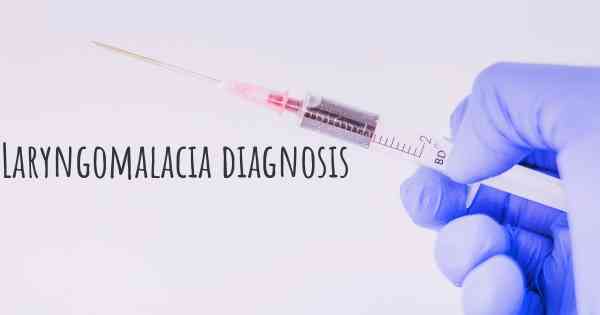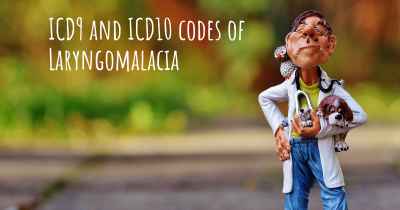How is Laryngomalacia diagnosed?
See how Laryngomalacia is diagnosed. Which specialists are essential to meet, what tests are needed and other useful information for the diagnosis of Laryngomalacia

Laryngomalacia is a common condition that affects infants and young children, characterized by the abnormal softening of the tissues of the larynx (voice box). This can lead to partial or complete obstruction of the airway, causing various respiratory symptoms. Diagnosing laryngomalacia typically involves a combination of medical history evaluation, physical examination, and specialized tests.
Medical History Evaluation
The first step in diagnosing laryngomalacia is a thorough medical history evaluation. The healthcare provider will ask questions about the child's symptoms, such as:
- Noisy breathing: Does the child have a high-pitched or squeaky sound when breathing?
- Stridor: Does the child make a harsh, vibrating noise during inhalation?
- Feeding difficulties: Does the child have trouble feeding or experience choking episodes?
- Reflux symptoms: Does the child have frequent spitting up or signs of gastroesophageal reflux?
- Other associated symptoms: Does the child have poor weight gain, recurrent respiratory infections, or difficulty sleeping?
Physical Examination
After gathering the medical history, a physical examination will be conducted to assess the child's overall health and specifically evaluate the respiratory system. The healthcare provider will:
- Listen to the breathing: The provider will use a stethoscope to listen for abnormal sounds, such as stridor or wheezing.
- Observe the child's breathing pattern: The provider will pay attention to any signs of increased effort or retractions (pulling in of the chest or abdomen) during breathing.
- Examine the mouth and throat: The provider will visually inspect the oral cavity and throat for any structural abnormalities or signs of inflammation.
Specialized Tests
If laryngomalacia is suspected based on the medical history and physical examination, further specialized tests may be recommended to confirm the diagnosis and assess the severity of the condition. These tests may include:
- Flexible laryngoscopy: This is the most common test used to diagnose laryngomalacia. It involves passing a thin, flexible tube with a camera (endoscope) through the nose or mouth to visualize the larynx. This allows the healthcare provider to directly observe the softening of the laryngeal tissues and any associated structural abnormalities.
- Videofluoroscopic swallow study: This test is performed to evaluate the swallowing function and assess for any signs of aspiration (food or liquid entering the airway). It involves the child swallowing a contrast material while being monitored by X-ray or fluoroscopy.
- Pulmonary function tests: These tests measure various aspects of lung function, such as airflow and lung volumes. They can help assess the impact of laryngomalacia on respiratory function.
- Sleep study: In some cases, a sleep study (polysomnography) may be recommended to evaluate the child's breathing patterns and oxygen levels during sleep. This can help identify any sleep-related breathing disorders associated with laryngomalacia.
Conclusion
Diagnosing laryngomalacia involves a comprehensive approach that includes a medical history evaluation, physical examination, and specialized tests. The combination of these assessments allows healthcare providers to accurately diagnose laryngomalacia and determine the severity of the condition. If you suspect your child may have laryngomalacia, it is important to consult with a healthcare professional for proper evaluation and management.








